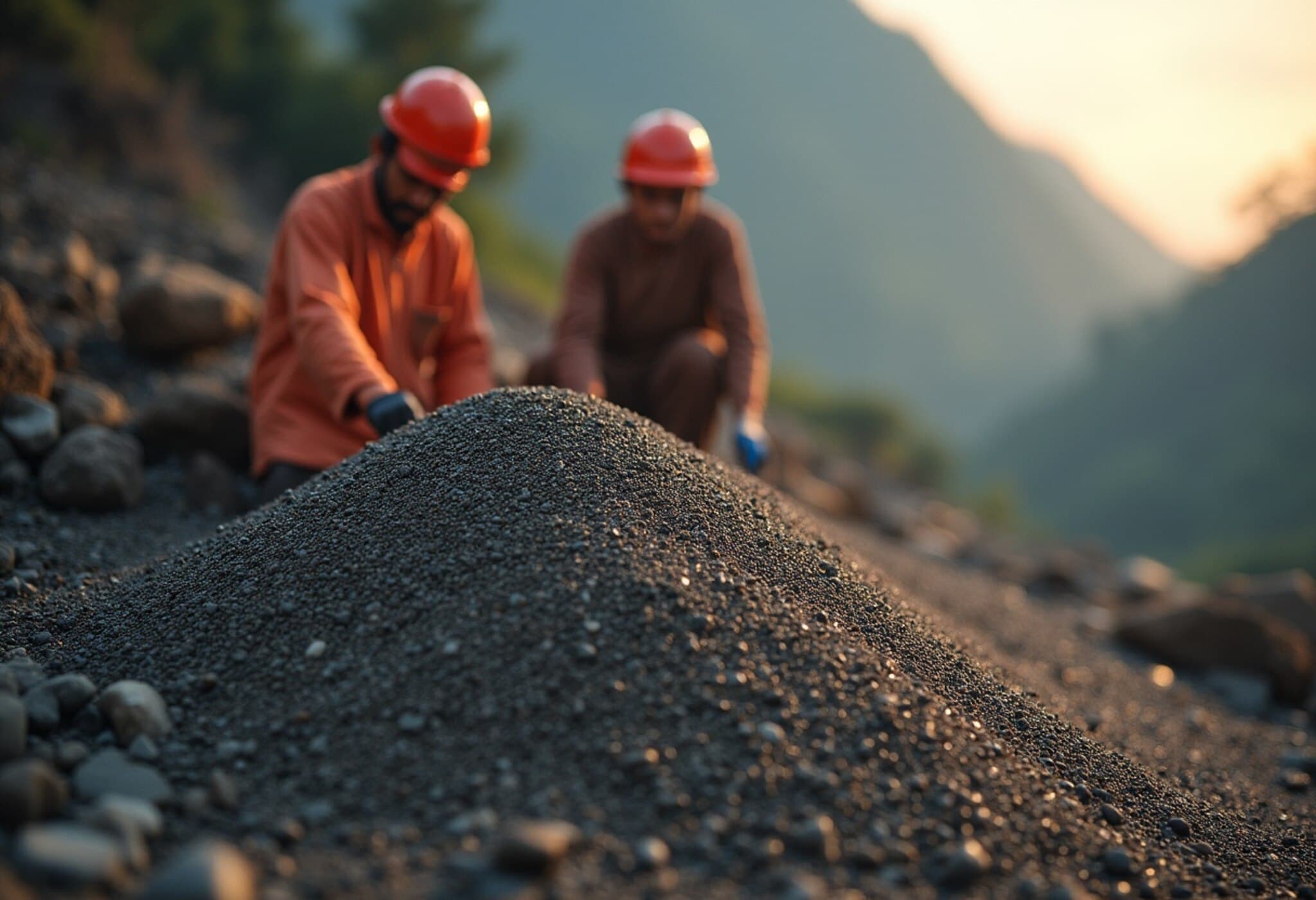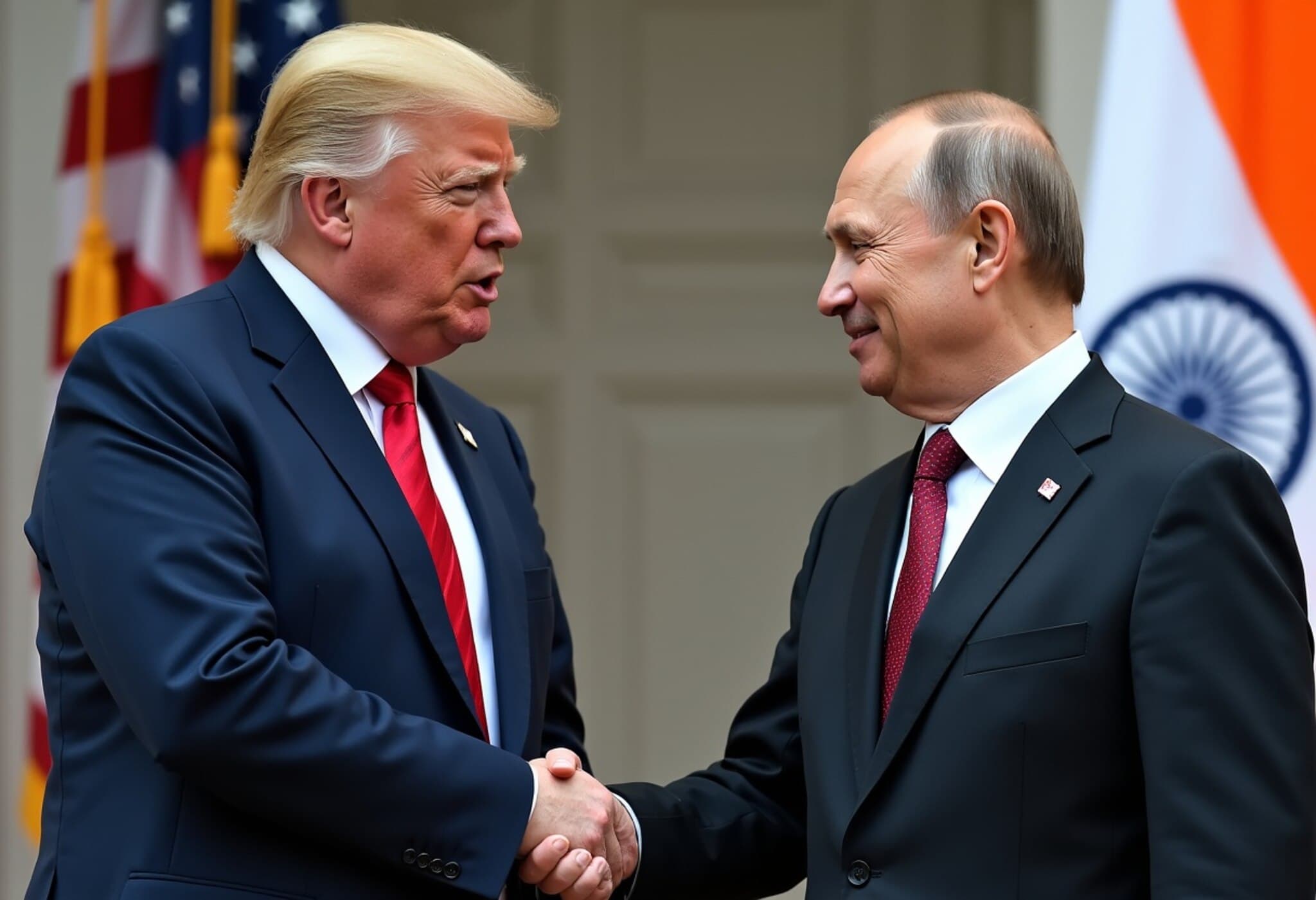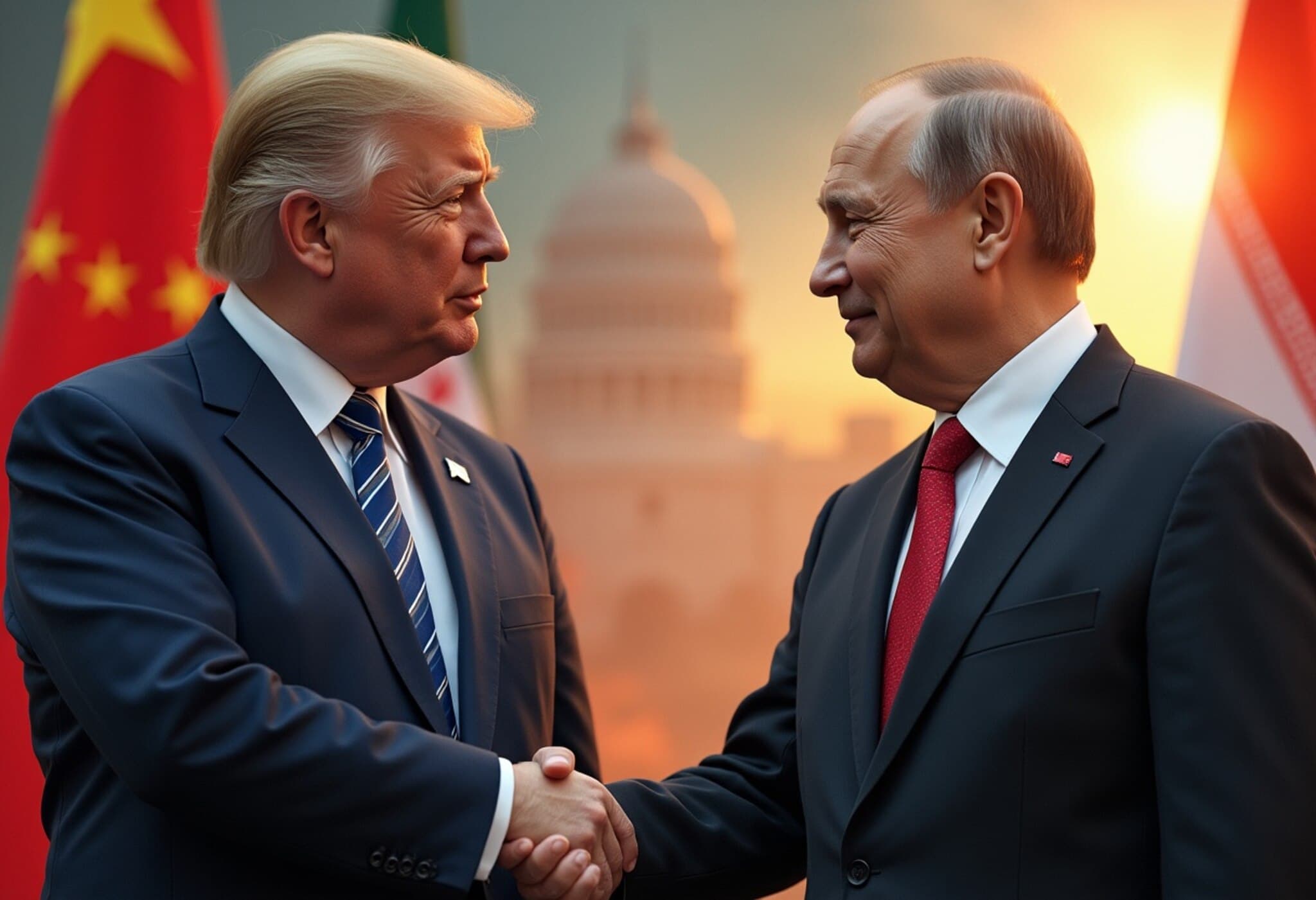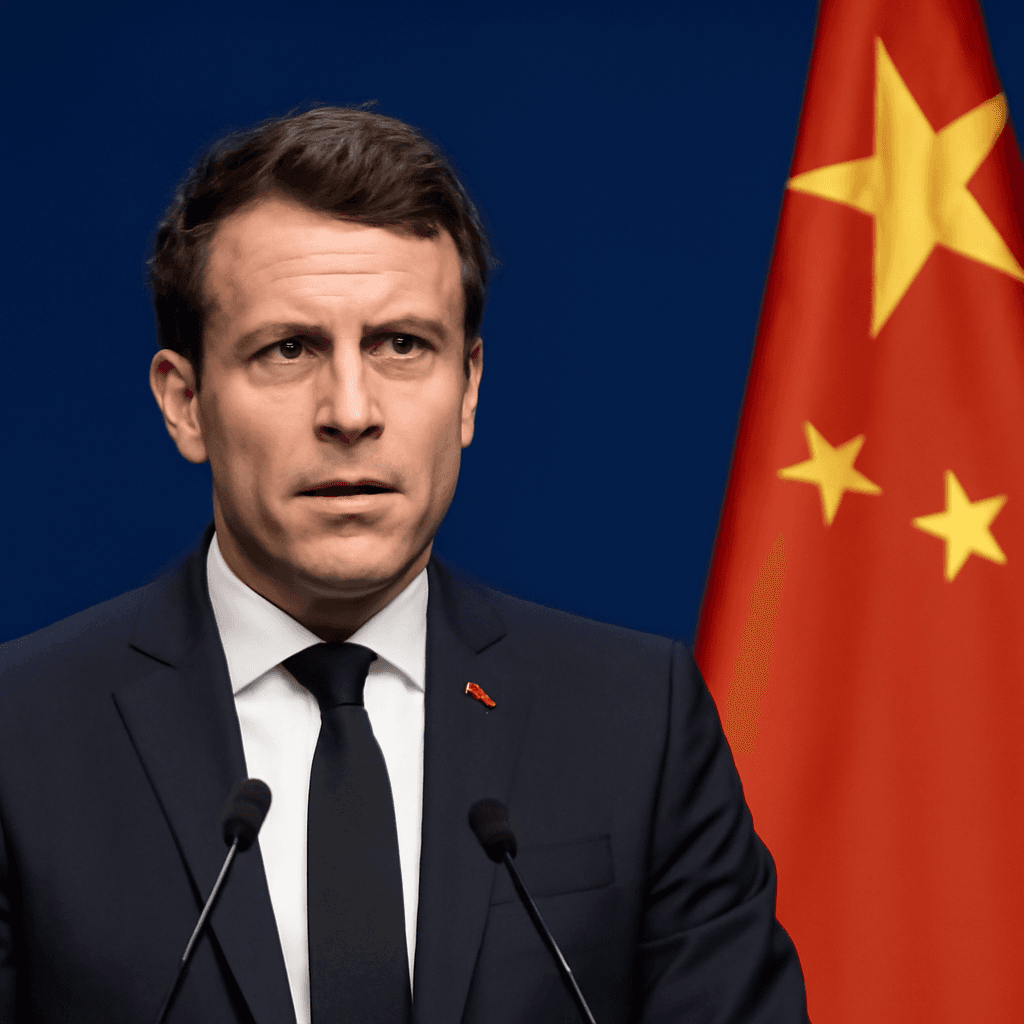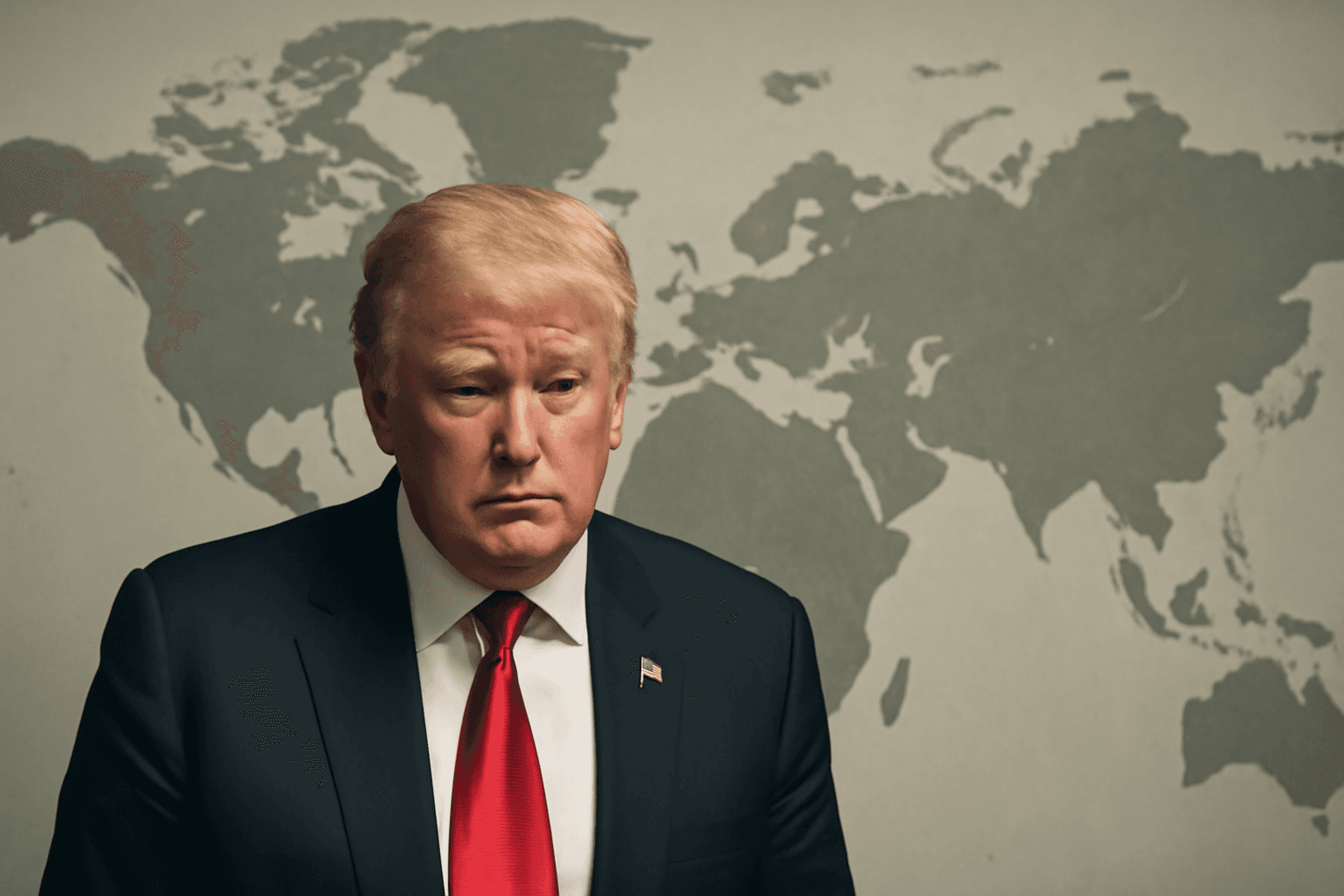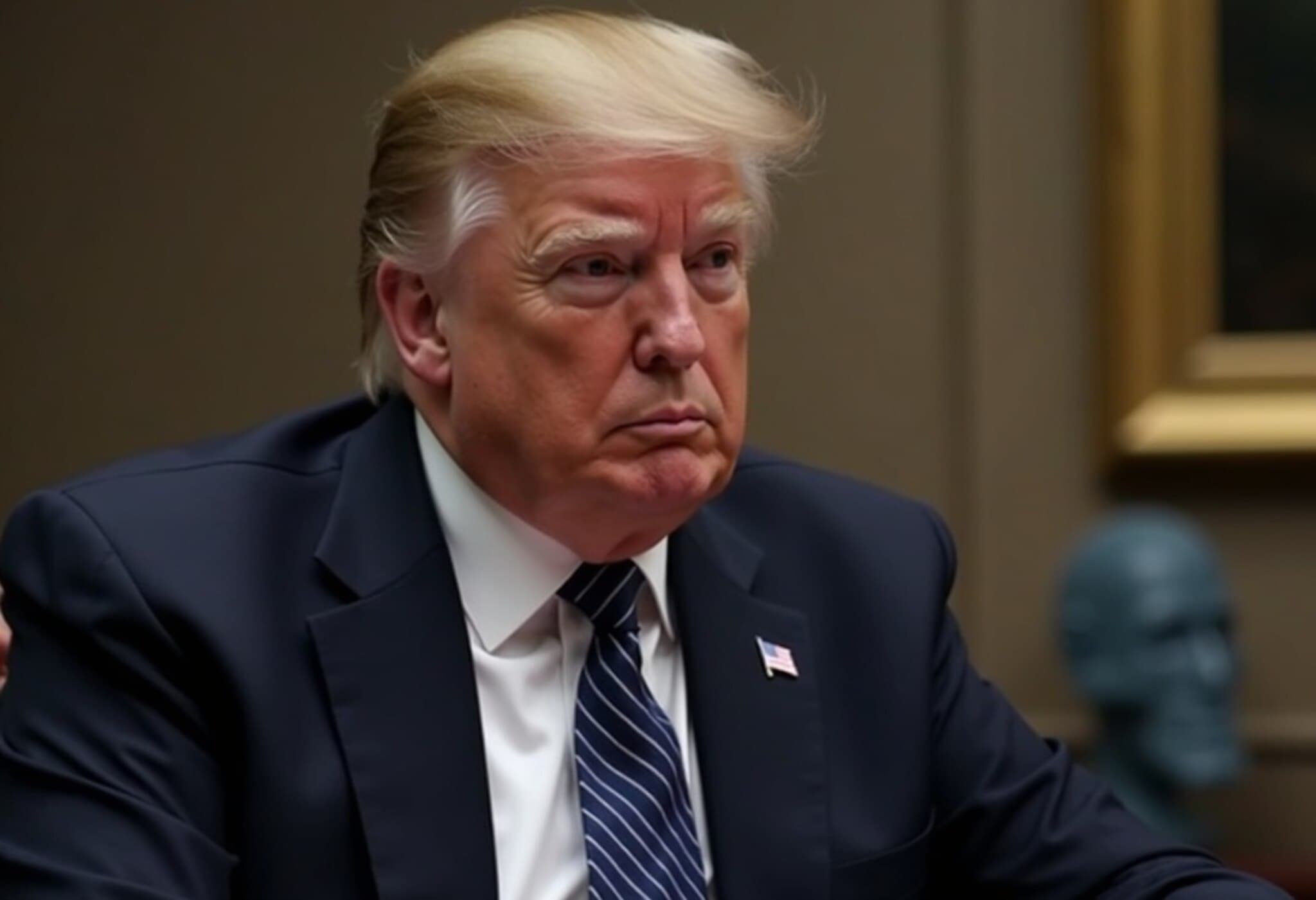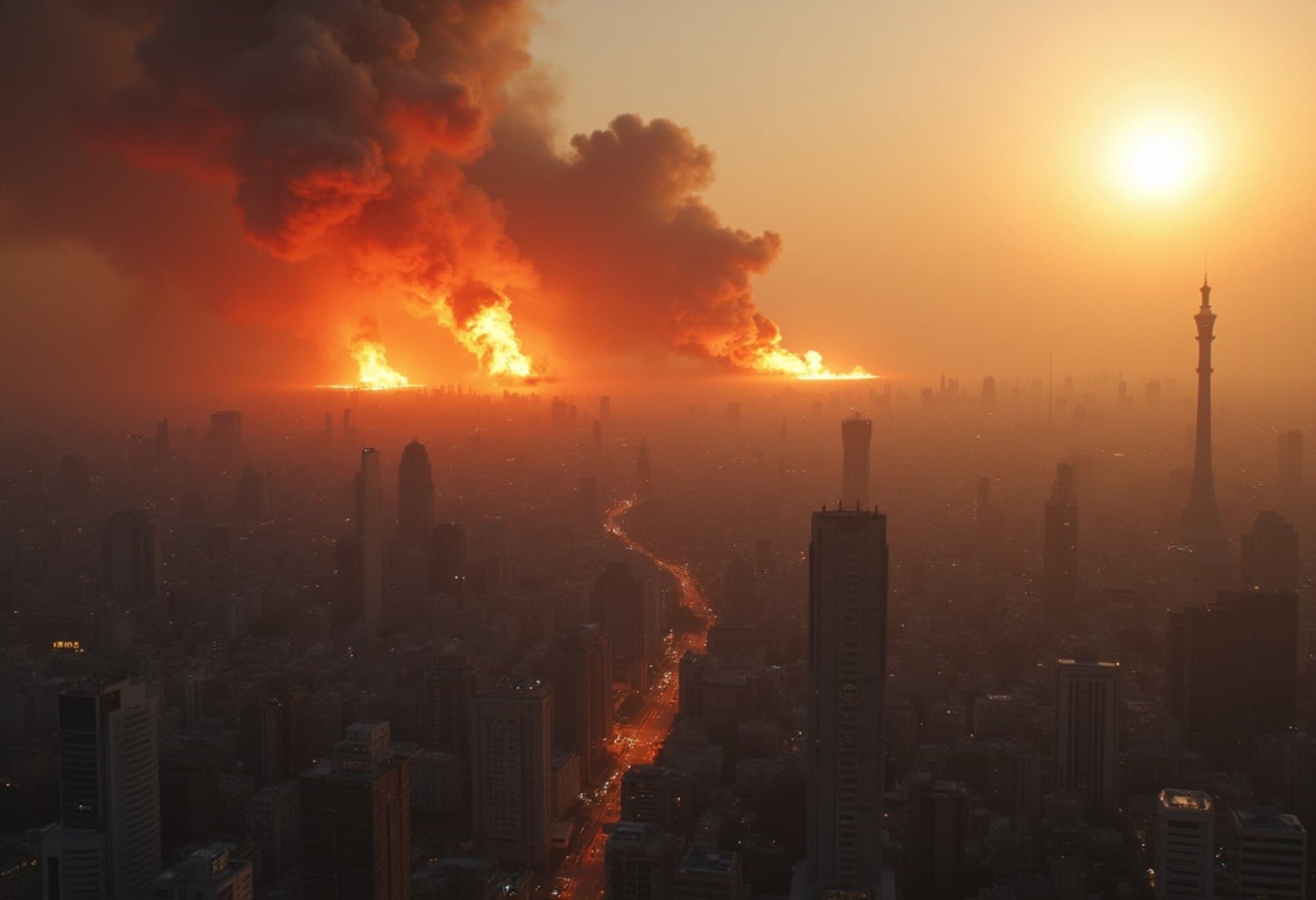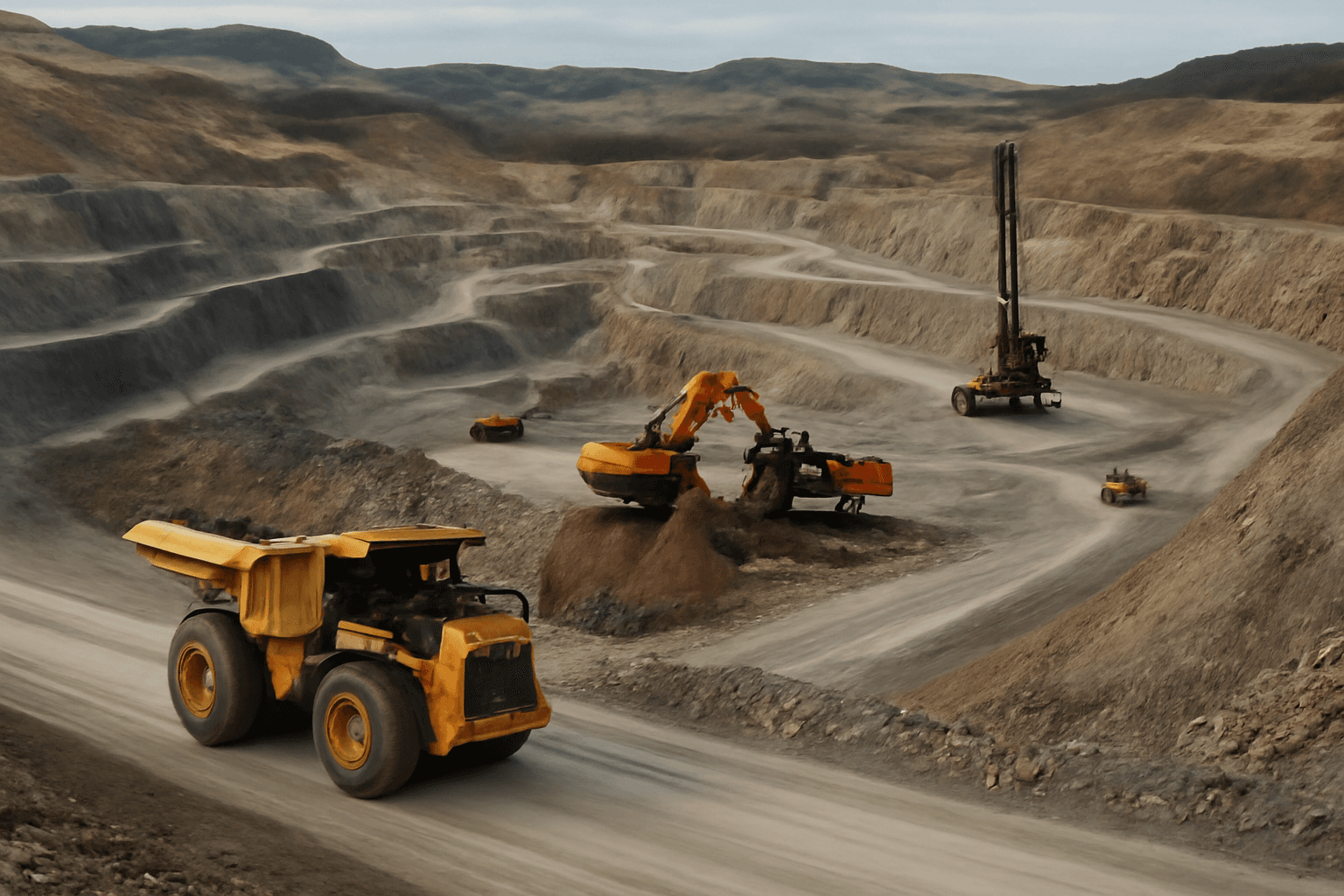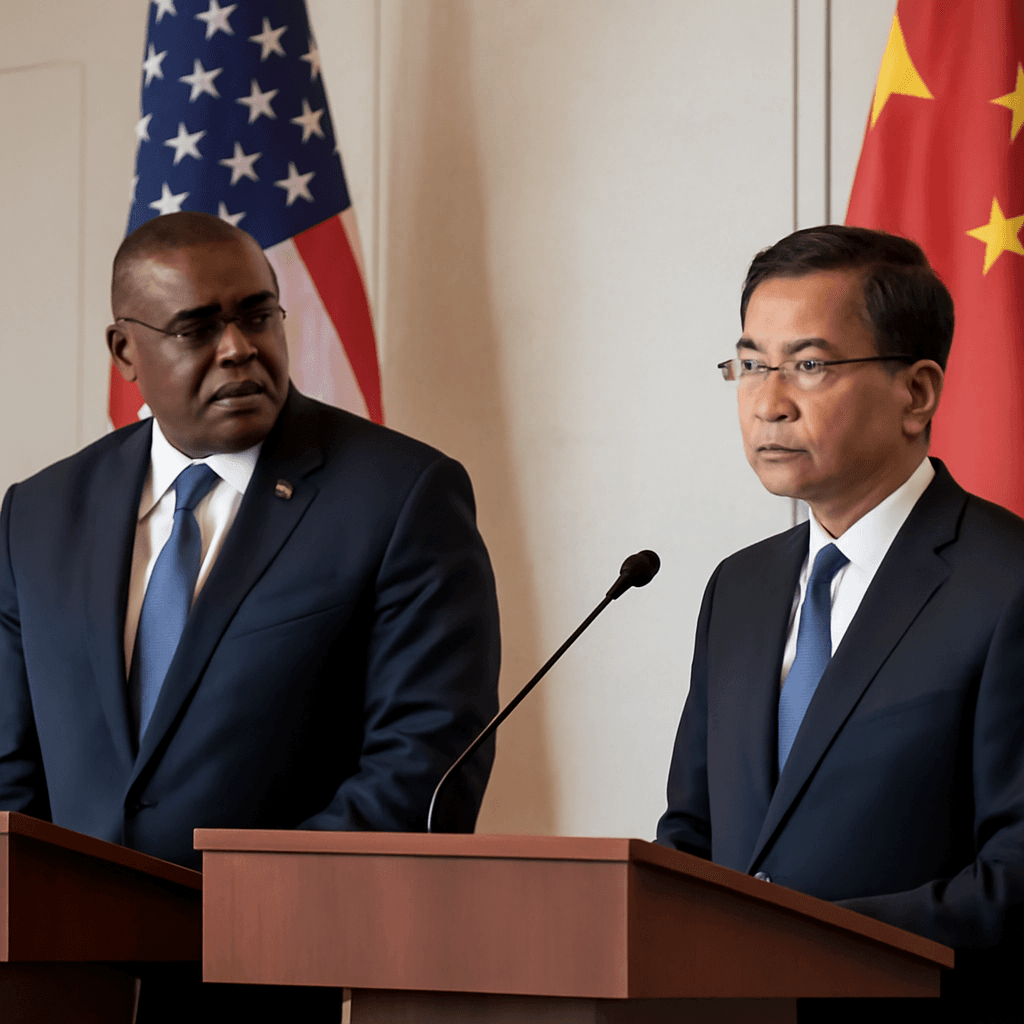Myanmar: The Unexpected Powerhouse in Rare Earth Supplies
In the global race for rare earth elements, Myanmar—despite its ongoing conflict and economic challenges—has emerged as a critical supplier bolstering China's dominance in this strategic market. While China is the top producer of rare earth elements worldwide, it increasingly relies on imports, particularly from Myanmar, to sustain its supply chain.
China's Growing Dependence on Myanmar's Rare Earths
Data reveals that Myanmar accounted for nearly 57% of China’s rare earth imports last year. Since 2018, exports from Myanmar to China have surged dramatically, peaking at close to 42,000 metric tons in 2023. These shipments predominantly consist of heavy rare earth elements—such as dysprosium and terbium—that are scarce yet vital for advanced technology sectors including defense, aerospace, and renewable energy.
Experts note that Myanmar’s rich heavy rare earth deposits have effectively strengthened Beijing’s grip on the global supply chain, giving China a near-monopoly on these critical minerals.
Why Myanmar Holds the Key
Myanmar’s geological landscape includes extensive deposits of ionic adsorption clays (IACs), known for their high concentrations of valuable heavy rare earths. These deposits are predominantly located in northern Myanmar and have become a focal point for mining activities.
Historically, Southern China was the heartland of IAC mining, but tighter environmental regulations and government crackdowns led to mine closures. This shift catalyzed Chinese investment in Myanmar’s IAC sites, rapidly expanding production to offset declining domestic yields.
However, such mining operations come with serious environmental costs due to the use of chemical leaching techniques, which have raised concerns about damage to local ecosystems and communities.
Supply Chain Risks Amid Political Turmoil
Myanmar’s ongoing internal strife presents significant risks to the rare earths supply chain. The Northern Kachin State, bordering China, is a key mining region but has been fraught with instability since the 2021 military coup and clashes involving armed opposition groups.
In 2024, rebel factions reportedly seized control of mining sites accounting for about half of the world’s heavy rare earth production. This disruption led to supply shortages and price spikes, with rebel groups seemingly leveraging these resources in political negotiations.
Correspondingly, Chinese imports of rare earth oxides from Myanmar dropped by more than a third in early 2025 compared to the previous year, highlighting the fragility of this dependency.
The Quest for Diversification
China’s vulnerability has prompted efforts to diversify its sources of rare earths. Neighboring nations like Malaysia and Laos possess similar IAC deposits, and Chinese businesses have initiated projects there. These countries often impose stricter environmental safeguards, which could limit rapid expansion but also mitigate ecological damage.
China’s scaling back of domestic heavy rare earth mining serves as a cautionary tale to others. Previous operations in Southern China left behind polluted land and toxic water, which severely affected local farming communities and forced closures.
What Lies Ahead?
- Myanmar’s rare earth deposits remain crucial for China’s technological ambitions but carry significant geopolitical and environmental risks.
- Supply disruptions in Myanmar have already demonstrated global ripple effects on prices and availability of heavy rare earths.
- Alternative sources in Southeast Asia may emerge, but environmental and regulatory challenges will shape the pace and scale.
- China’s strategic balancing act involves weighing economic benefits against the political uncertainties and environmental costs of rare earth extraction.
As global demand for rare earths continues to grow, the interplay between resource-rich Myanmar and an industrial giant like China will remain a pivotal story shaping the future of technology, geopolitics, and sustainability.

